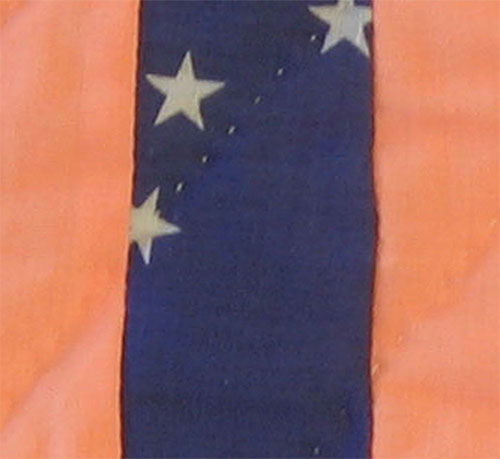
Yikes! Stripes
Jan 16 - April 5, 2009
Eye-Catching Visual Effects in Quilts

The quilts in this exhibition celebrate the eye-catching visual effects that makers create using stripes. The quilts illustrate the dynamic, appealing nature of the stripe. Medieval history scholar, Michel Pastoureau suggests that the striped surface calls for attention in a way that other surfaces don’t. Referring to the ambiguous relationship between foreground and background that stripes create, he asks, “Does the eye see that which fools it more clearly?” Are eyes attracted to striped surfaces because they are more complex? The quilts in this exhibition silently but clearly address this question and let the viewer decide.
The quilts in this exhibition are organized according to the arrangement of their stripes. Diagonal stripes, concentric stripes, and vertical stripes are grouped in order to call attention to some of the basic ways the stripe functions. The quilts are also grouped to show the visual effects that can be produced with variations in color, value, and intensity. The information that accompanies each quilt highlights one of three dimensions that make the stripe such a popular surface treatment. These three dimensions—cultural, historical, and visual—illustrate the multitude of lenses through which one can examine a striped surface. Each quilt references either one of the four cultural traditions previously mentioned, a historical use of stripes, or a visual property of the striped surface.